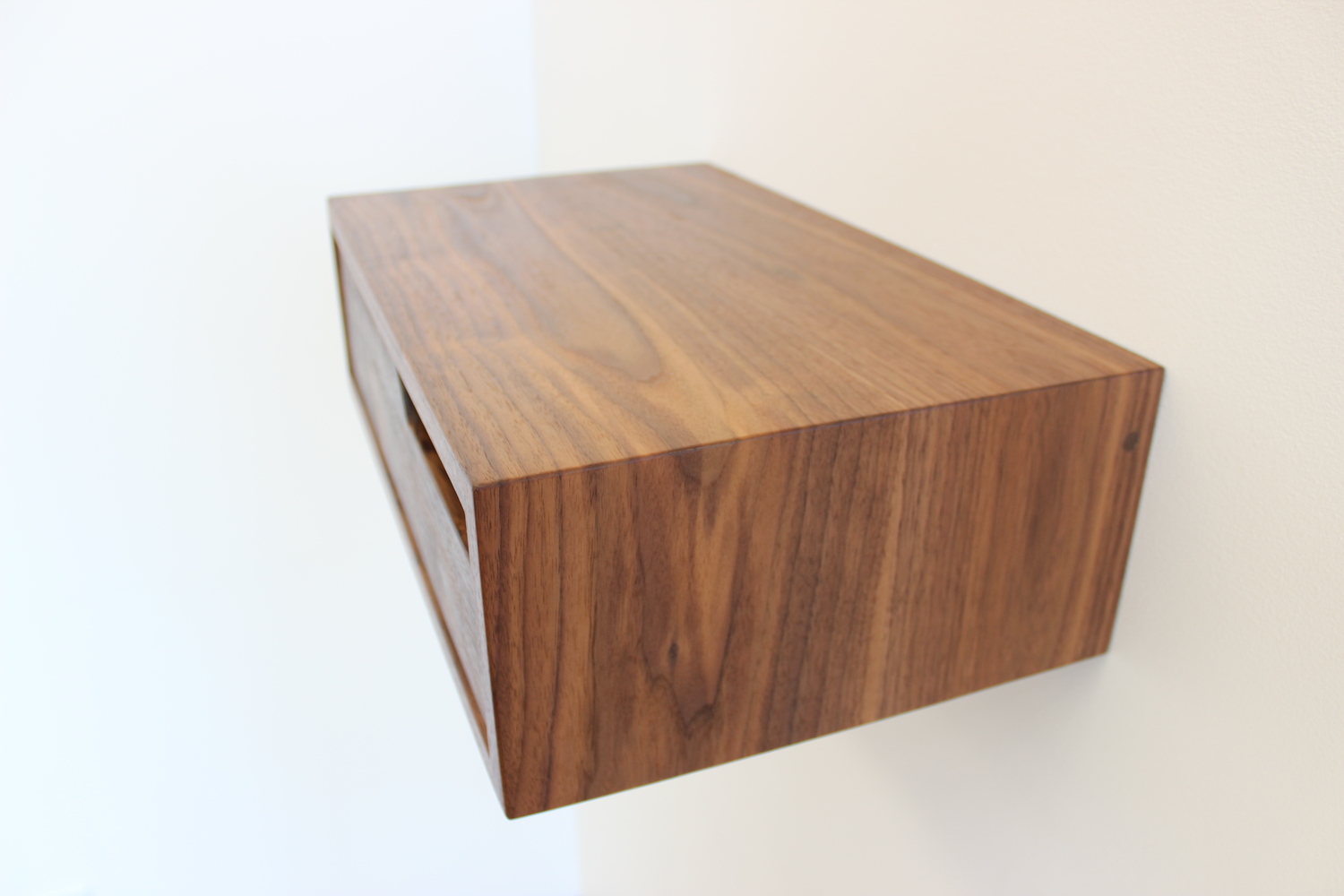What is Continuous Grain or Waterfall Grain?
Charles Gibbins
Waterfall or Continuous Grain
Waterfall Grain or Continuous Grain is when the wood grain on a finished piece of furniture carries from one plane (horizontal) to the next plane (vertical). It is achieved by cutting a long Miter (angled cut) on a single board or panel. Its clear why the term waterfall is used as the grain pours from the top down the side. This type of Joint is a common staple in modern furniture as it provides a clean, seamless, and uniform look. The effect hides the End Grain of the wood and thus prevents the abrubt stop found in the common Butt Joint (butting of one board against another).
Waterfall or Continous Grain often takes the craftsperson more time, effort, and skill and can add to the cost and production time of a product, but many find it is worth a little extra.



